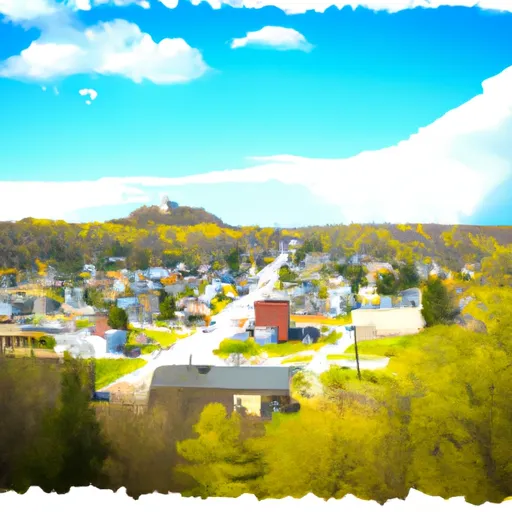°F
°F
mph
Windspeed
%
Humidity











Mountain, Wisconsin is a picturesque village located in Oconto County. Situated in the northeastern part of the state, Mountain experiences a humid continental climate with mild summers and cold winters. The average temperature in summer reaches around 75°F (24°C), while in winter, it drops to 25°F (-4°C). The region receives abundant snowfall during the winter months, making it an ideal destination for winter sports enthusiasts.
Mountain is blessed with a diverse hydrology, including several lakes and rivers. Riverview Lake, Chute Pond, and Anderson Lake offer excellent opportunities for fishing, boating, and water sports. The McCauslin Brook and the North Branch Oconto River provide opportunities for canoeing and kayaking, allowing visitors to explore the stunning natural beauty of the area.
Outdoor recreation opportunities in Mountain are abundant. The surrounding forests provide ample opportunities for hiking, camping, and wildlife observation. The nearby Nicolet National Forest offers miles of trails for hiking and biking, as well as hunting and fishing opportunities. In the winter, visitors can enjoy snowmobiling, cross-country skiing, and snowshoeing on the well-maintained trails.
Overall, Mountain, Wisconsin is a nature lover's paradise, offering a wide array of outdoor recreational activities throughout the year.
Weather Forecast
Mountain receives approximately 794mm of rain per year, with humidity levels near 83% and air temperatures averaging around 6°C. Mountain has a plant hardyness factor of 4, meaning plants and agriculture in this region thrive during a short period during spring and early summer. Most plants will die off during the colder winter months.
Regional Streamflow Levels
3
Cubic Feet Per Second
101
Cubic Feet Per Second
17
Cubic Feet Per Second
23
Cubic Feet Per Second
Nearby Camping
| Camping Area | Reservations | Toilets | Showers |
|---|---|---|---|
| South City (Gibson) Park | |||
| Sam Dale Lake Conservation Area | |||
| Illini State Park | |||
| Gibson City Park | |||
| Livingston County 4-H Park | |||
| Village Park |



